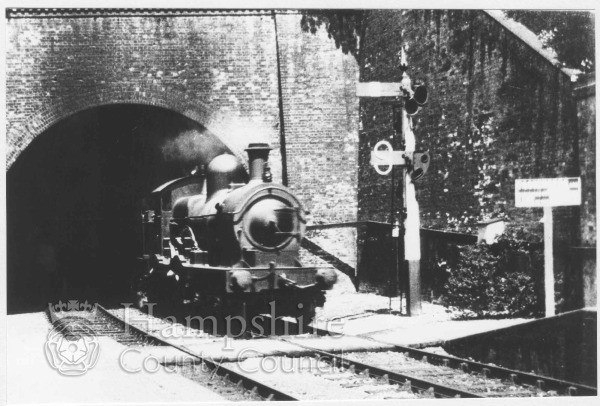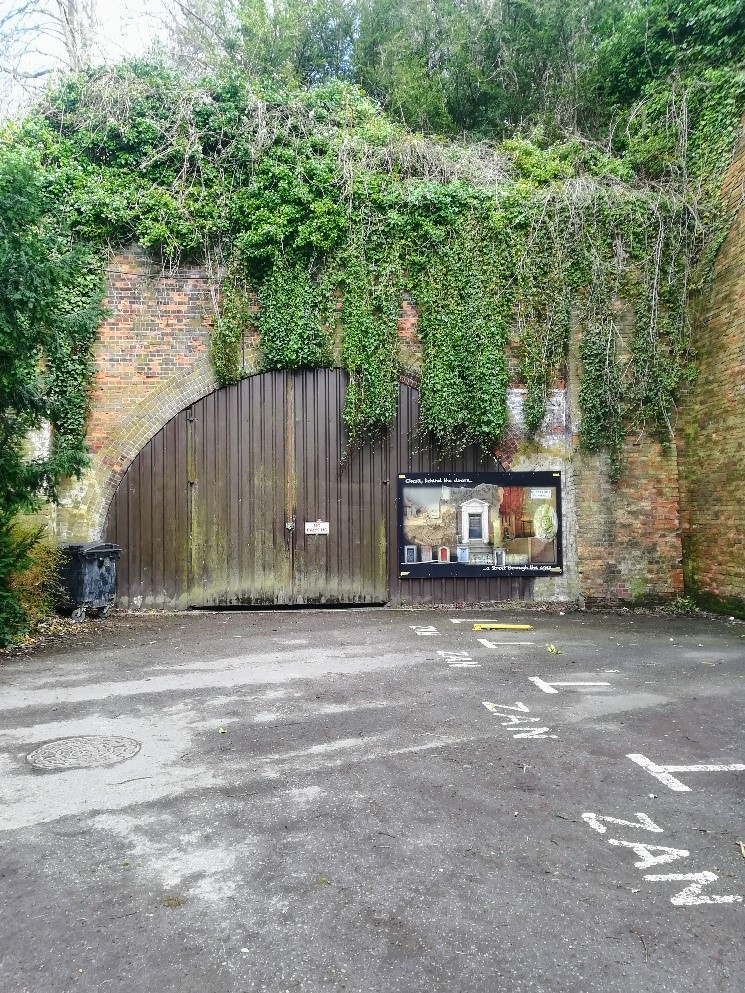Can you name every heritage site in Winchester?
A few months ago I was naïve enough to answer yes to this question that was until I discovered the Chesil Street Tunnel. One of Winchester’s better kept secrets. Now many students will study at the university; see the Cathedral, wander through the barracks and think they’ve seen it all. Perhaps a resident takes notice of the Buttercross on their way to work, has been to the Great Hall once or twice but doesn’t realise the city’s hidden history. Now this article’s subject matter is not to be confused with the mysterious labyrinth of tunnels under the city. We’re going to be investigating Winchester’s forgotten second railway.
Photos 1 and 2
In 1873 a parliamentary bill was submitted for the construction of Winchester Cheesehill (Chesil) Station. On the 4th May 1885 it opened. Part of the Didcot, Newbury and Southampton Railway (DNSR – operated by Great Western Railway), Winchester was considered to be the most important station on the line. Located at the east side of the city, in what is now the Chesil Street Car Park. The original station was only able to reach as far as Bar End due to unfortunate financial difficulty and meant the DSNR’s race to reach Southampton was put on hold.
Fifteen staff members established this forgotten station as the largest in the city at the time. Amongst the staff were clerks, cleaners, firemen and porters to the guards, drivers and warehouse-men. Historical rumours in the city mention a station cat who was even known to ‘sport the correct attire’!
Photo courtesy of Hantsphere and is of the Chesil Station Staff.
In the past the Hampshire Chronicle have expressed the importance of the Winchester Chesil Station in the deployment of troops during D-Day in the summer of 1944. Unfortunately the Chesil Line would later become a victim of the 1960 Beeching Cuts although the line would continue to transport a variety of goods until the mid to late 60’s. Economic issues and rising labour costs suggested the Beeching Axe was the quickest way to minimise losses. The chairmen of the British Transport Commission stated that the number of railway staff members had fallen by a huge 26%. A crazy statistic but considering the increasing competition it’s not surprising!
Looking at Chesil Street and Bar End today, it’s quite hard to imagine these streets were once home to such a busy railway line. The station itself had a history of closing and reopening from 1942 through to the final closure on 7th March 1960 but even then it reopened the following two summers. They just couldn’t make their minds up apparently!
Photo courtesy of Hantsphere, Hampshire County Council website. Photo is of the centenary celebration at Chesil Station.
For those wanting to discover the remains of this hidden gem, head straight down to the Chesil Street Car Park. After a bit of walking around the area you can discover old gauge ties still visible in the fencing along the paths. Little reminders of the old company. Take note that the GWR colours were cream and brown whilst the LSNR were green, a tip for spotting others across the city. How many clues to the railway’s existence can you find?
A great mural can be found inside the car park of a steam train, a subtle reminder of the rich background the area once had. Little exists of the line in the present day, the Chesil Tunnel is one of few places that remain. Open annually, a guided tour each summer allows visitors to walk where the line once ran. I myself went for a look with the Manager of the site, Doug Ross. A special thanks to Doug for allowing me to explore.
Photo taken by Maia inside the existing Chesil railway tunnel.
Now used by Winchester City Council for storage, the tunnel evokes many emotions throughout your trip. Being in the tunnel, so far under St Giles Hill allows the average person to connect with a lost piece of the city. It’s somewhat forgotten past is displayed through original brickwork to vintage lighting fixtures that line the tunnel’s ceiling, each flickering on and following the curve of the tunnel in succession.
What should be noted is the sensation of being in a place quite so hidden. Trying not to forget all those who had traveled through this tunnel to Winchester. All those who had built the railway line and all those that had worked there and their untold stories.
All that remains today is the tunnel and the photographs of the staff that operated Chesil Station, regrettably no sign of the station’s cat. It is bittersweet that the original platform no longer exists today but join us in retelling the story of this city’s hidden treasure.
Maia Pearce
Photo 1 is courtesy of Hantsphere and Hampshire County Council and depicts a steam train leaving the existing tunnel.
Photo 2 was courtesy of Maia Pearce and allows for a side-by-side comparison of the site in the present day, now completely unrecognisable.






